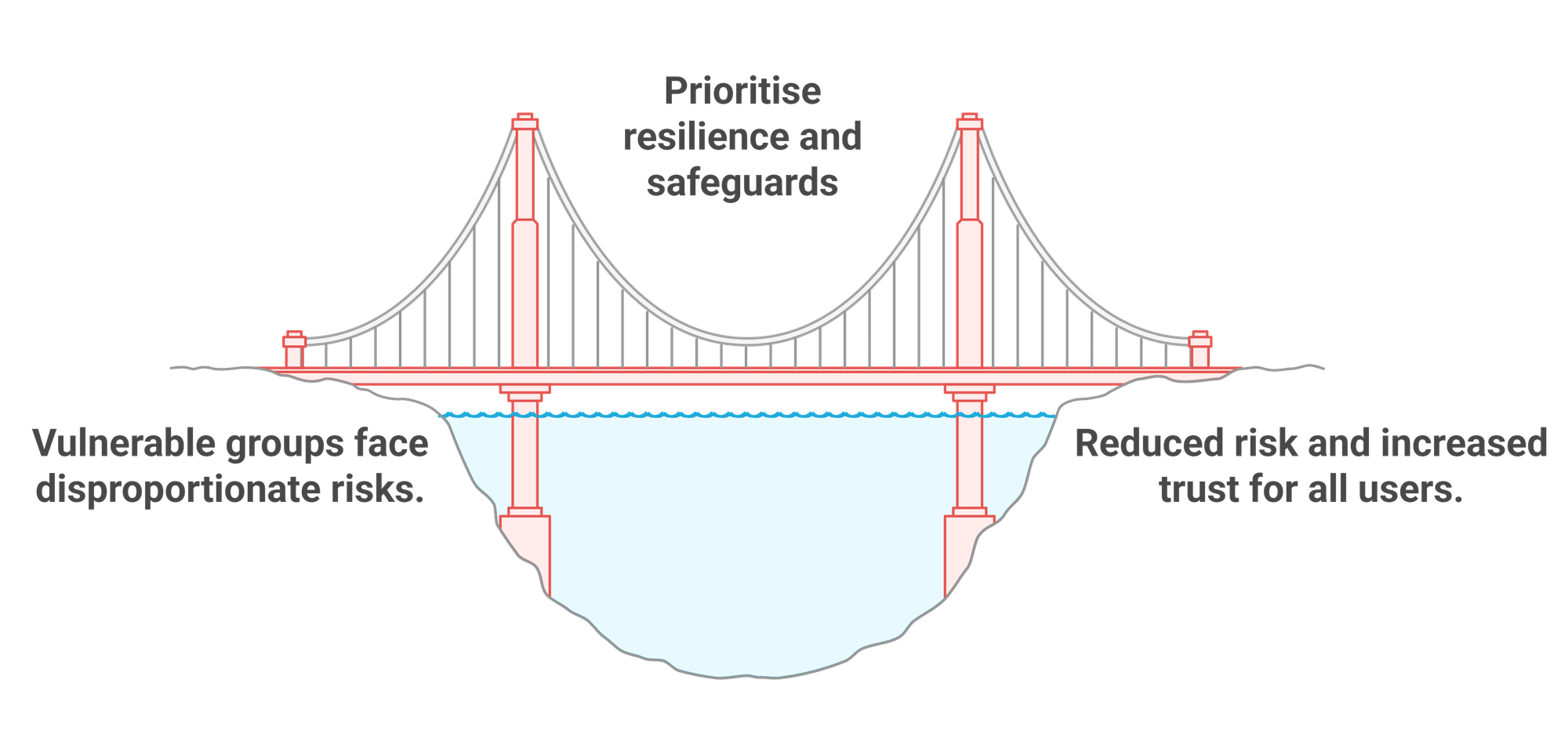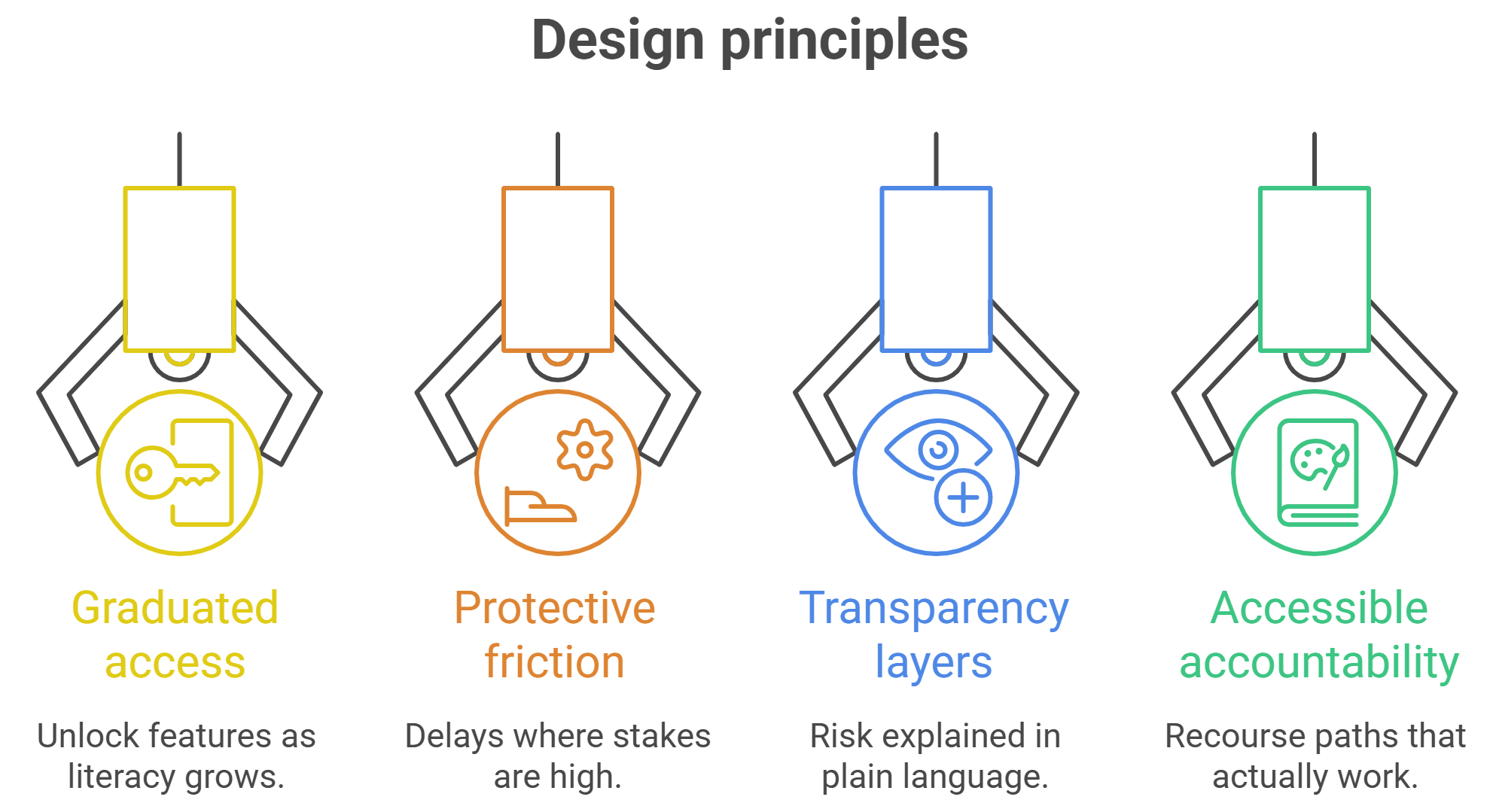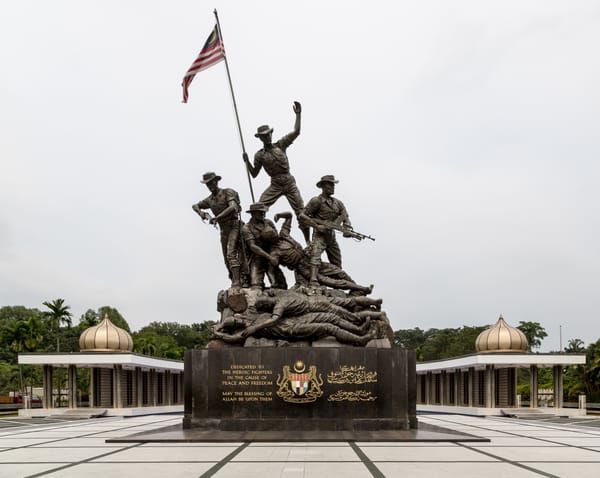Why "Digital Inclusion" Rings Hollow Without the B40
Malaysia’s digital inclusion story counts the B40 as users but not as participants. Access without protection isn’t empowerment; it’s exposure. True inclusion demands trust, resilience, and safeguards for the most vulnerable.

Malaysia’s digital inclusion story looks good on paper.
But if the B40 are only counted as users without being protected as participants, it isn’t inclusion; it’s exposure.
The Numbers Game
Every policy speech celebrates digital inclusion. Ministers quote: 85% banked, 60% on e-wallets, millions onboarded.
But inclusion isn’t penetration stats or app downloads.
If the B40 can’t trust what happens after they log in, it’s not inclusion; it’s exposure.
Malaysia’s Speed Trap
MyDIGITAL promises access. Fintech roadmaps celebrate innovation. Sandboxes fast-track deployment.
The B40 face the highest risk: less cushion, lower literacy, and higher stakes when systems fail. Yet they’re onboarded fastest and safeguarded least.
We’ve confused velocity with value.

Vanity Metrics, Fragile Reality
Clean dashboards highlight the percentage of cashless transactions, millions of wallets, and rising adoption.
But adoption ≠ empowerment.
Question: When a B40 user gets scammed through an e-wallet, does that still count toward “digital inclusion”?
Vanity stats don’t measure trust.
Where the Gaps Bleed Through
Fintech apps → Onboarding in minutes, zero literacy checks. Result: easy loans, unclear terms, no accountability. That’s not inclusion; it’s digital predation.
E-wallets → Adoption is high, but when disputes happen, B40 users hit walls: inaccessible support and poor recourse. Inclusion collapses at the first failure.
Government portals → Claimed “accessible”, but poor design excludes low-literacy users. We digitised exclusion, then rebranded it as progress.
The Strategic Tension
Fast adoption proves reach. Politically useful.
But inclusion without empowerment = exploitation.
Core question: Do we want the B40 counted in the digital economy or protected within it?
Reframing True Inclusion
Inclusion is resilience, not just access.
That means systems with protective friction:
- Education checkpoints before high-risk products.
- Cooling-off periods for major transactions.
- Plain-language disclosure designed for B40 comprehension.
- Dispute resolution that works without digital expertise.
For the B40, trust design isn’t optional; it’s survival.
The Trust Design Framework
- Graduated access: Unlock features as literacy grows.
- Protective friction: Delays where stakes are high.
- Transparency layers: Risk explained in plain language.
- Accessible accountability: Recourse paths that actually work.

This isn’t anti-innovation. It’s sustainable innovation.
The Uncomfortable Reality
Malaysia’s dashboards look impressive.
But a digital leap built on fragile foundations leaves the most vulnerable exposed. Inclusion has been reduced to being able to log in, not being able to trust what happens next.
That’s not transformation. That’s digital gentrification.
The Real Test
Digital inclusion without the B40 is optics.
Real success isn’t adoption rates; it’s resilience rates.
Can users navigate failure? Understand their rights? Find help when things go wrong?
Until systems answer yes, Malaysia’s inclusion story is incomplete.
Inclusion isn’t about how many log in. It’s about how many can trust what happens after they do.
The question isn’t whether Malaysia’s digital transformation will succeed. It’s whether it will succeed for everyone or just those who can afford the risks.
This space stays independent. If it sparked value, you can fuel the next one ⇢
☕ Buy me a coffee



